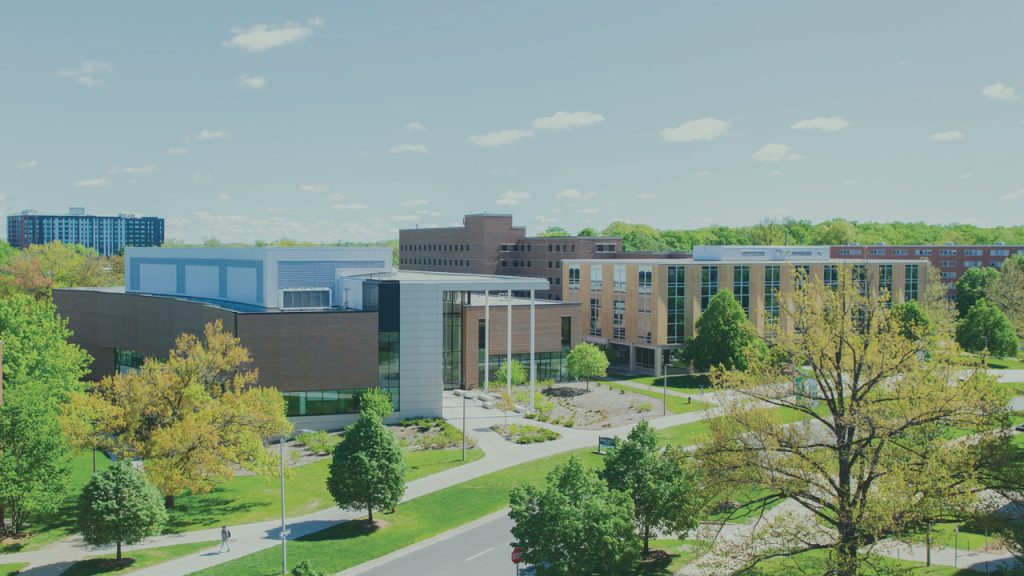New research from Michigan State University and Johns Hopkins University is the first to uncover that hospital cash prices are often lower than commercial prices, offering more affordability for patients.
Hospitals set the price of their services in two ways: determining a cash price in house and negotiating a commercial price with insurance companies. Considering that 26 million Americans are uninsured and nearly one-third of U.S. workers are enrolled in high-deductible health plans, cash prices can have an immense impact on people seeking affordable care.

John (Xuefeng) Jiang, Plante Moran Faculty Fellow and professor of accounting and information systems
“In the current third-party payment system, hospitals negotiate price with insurance companies, whose interest is not always perfectly aligned with consumers’,” John (Xuefeng) Jiang, Plante Moran Faculty Fellow, professor of accounting and information systems and lead author of the study, said. “In contrast, some hospitals use a lower cash price to directly attract price-sensitive self-pay patients, whether they are uninsured or underinsured. A hospital–patient system can offer excellent value for patients.”
Until now, researchers have not been able to explore the relationship between the two pricing systems because of data availability. However, on Jan. 1, 2021, the federal Centers for Medicare and Medicaid Services implemented the Hospital Price Transparency Final Rule, requiring hospitals in the United States to disclose prices for high-volume common services.
The findings from MSU and Johns Hopkins, published today in the Journal of the American Medical Association Network Open, provide a national analysis and comparison of cash vs. commercial prices for 70 hospital services — everything from blood tests and x-rays to biopsies and surgeries.
Alongside Jiang, the research was conducted by Ge Bai (Ph.D. Accounting & Information Systems ’12), professor of accounting at Johns Hopkins Carey Business School and professor of health policy and management at Johns Hopkins Bloomberg School of Public Health, and Martin Makary, professor of surgery at Johns Hopkins School of Medicine and professor at Johns Hopkins Carey Business School.
Bai, who studies the intersection of accounting and health care policy and has testified to Congress on the topic, said the finding that unilaterally determined cash price is often lower than bilaterally negotiated price sends a signal to policymakers looking to improve the affordability of health care services.
“Policymakers can encourage the direct payment system for routine services and subsidize health savings accounts (HSAs) for economically disadvantaged individuals to enhance health equity,” she said. “A direct payment system for routine services can empower patients, promote provider competition and bring the best value to patients.”
The findings work in tandem with three recent papers on which Jiang and Bai have teamed up with other experts to examine hospital pricing transparency and the dynamics of commercially negotiated prices for radiology and surgery services. When taken together, the collective results reveal how policymakers can promote price competition and create value for patients.
Jiang and Bai noted how their studies show that price transparency has the potential to catalyze a positive transformation of the U.S. health care system. However, more policy changes are needed in the meantime to promote competition and enable efficient purchases of health care services for consumers.





